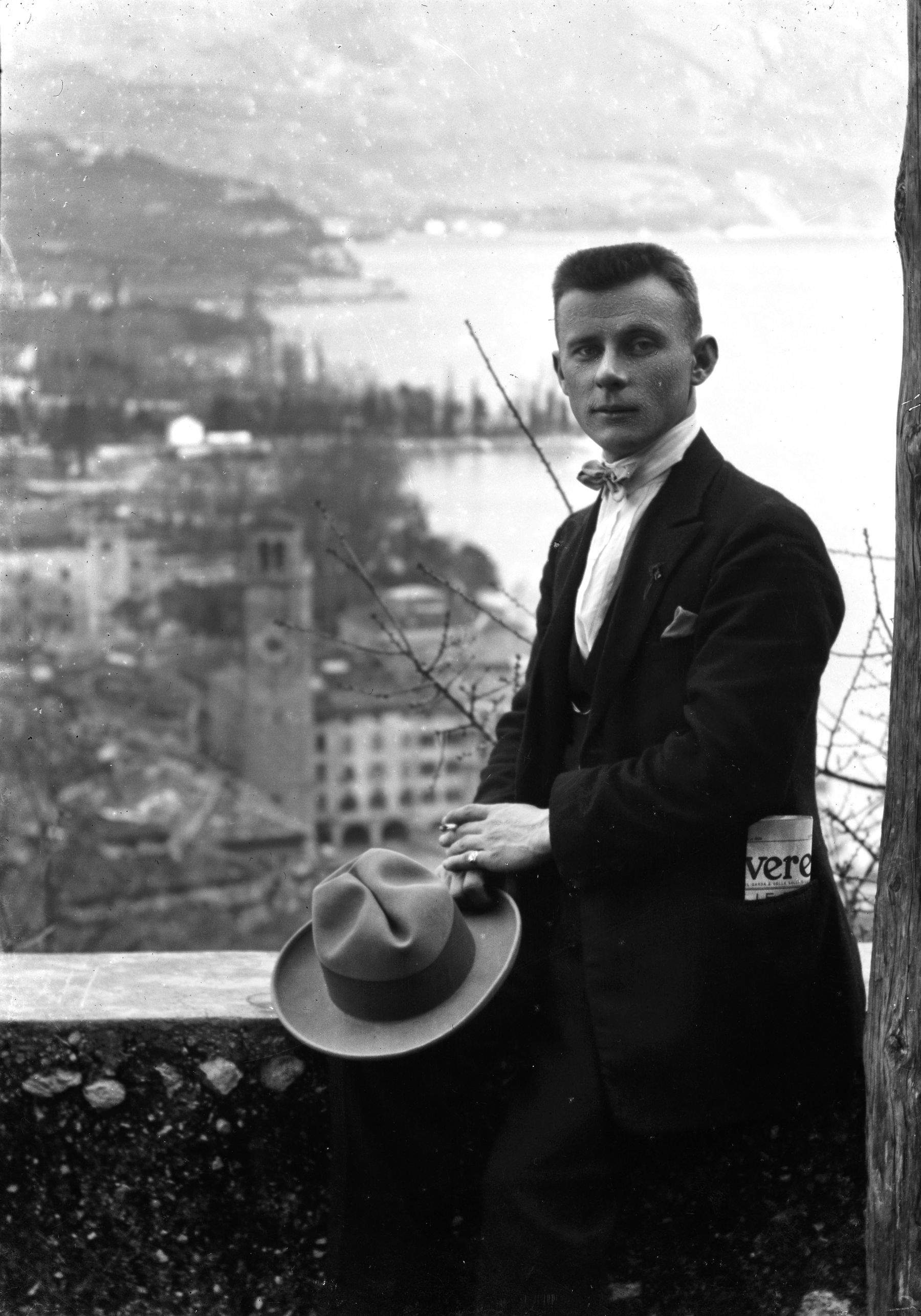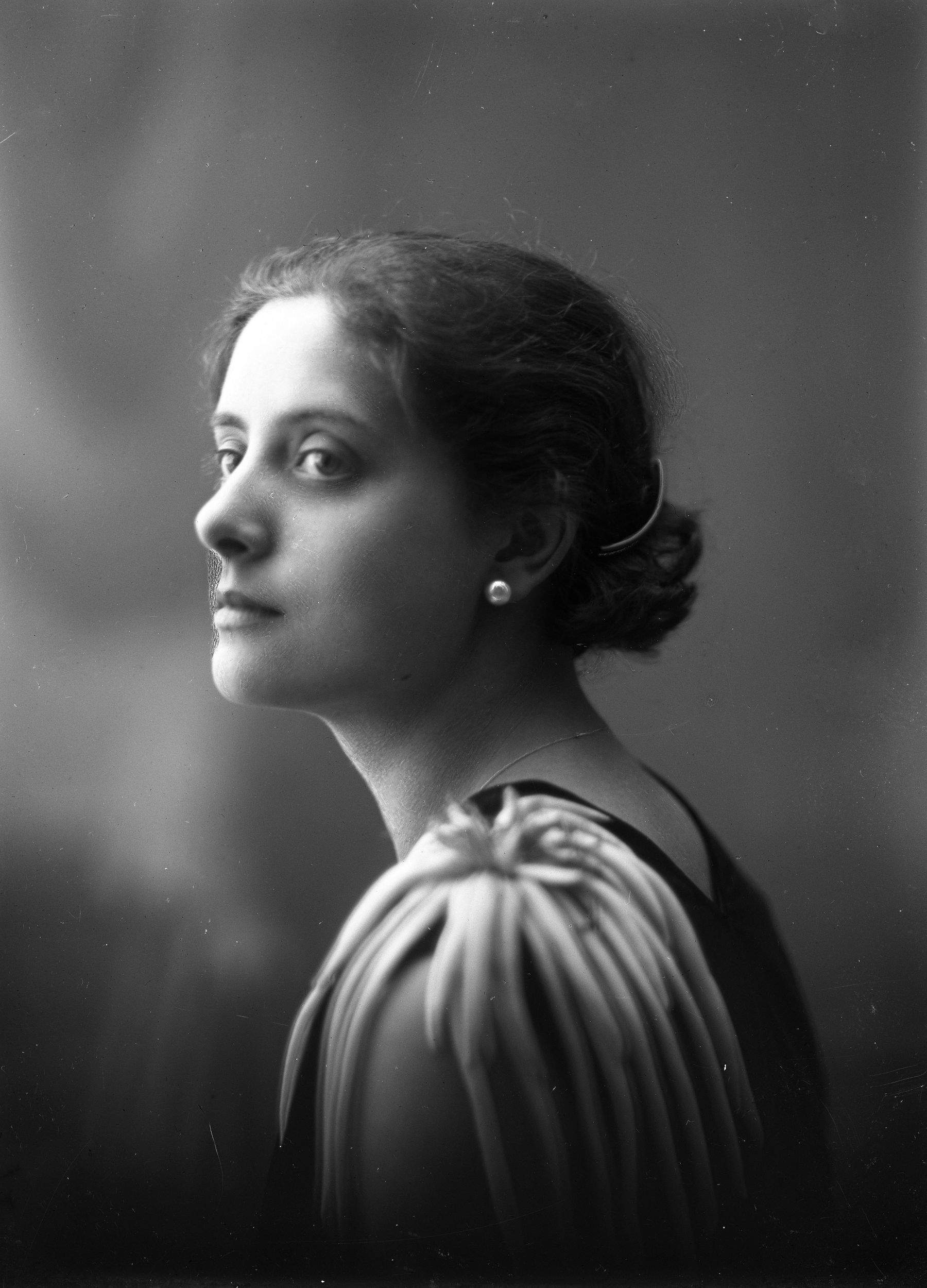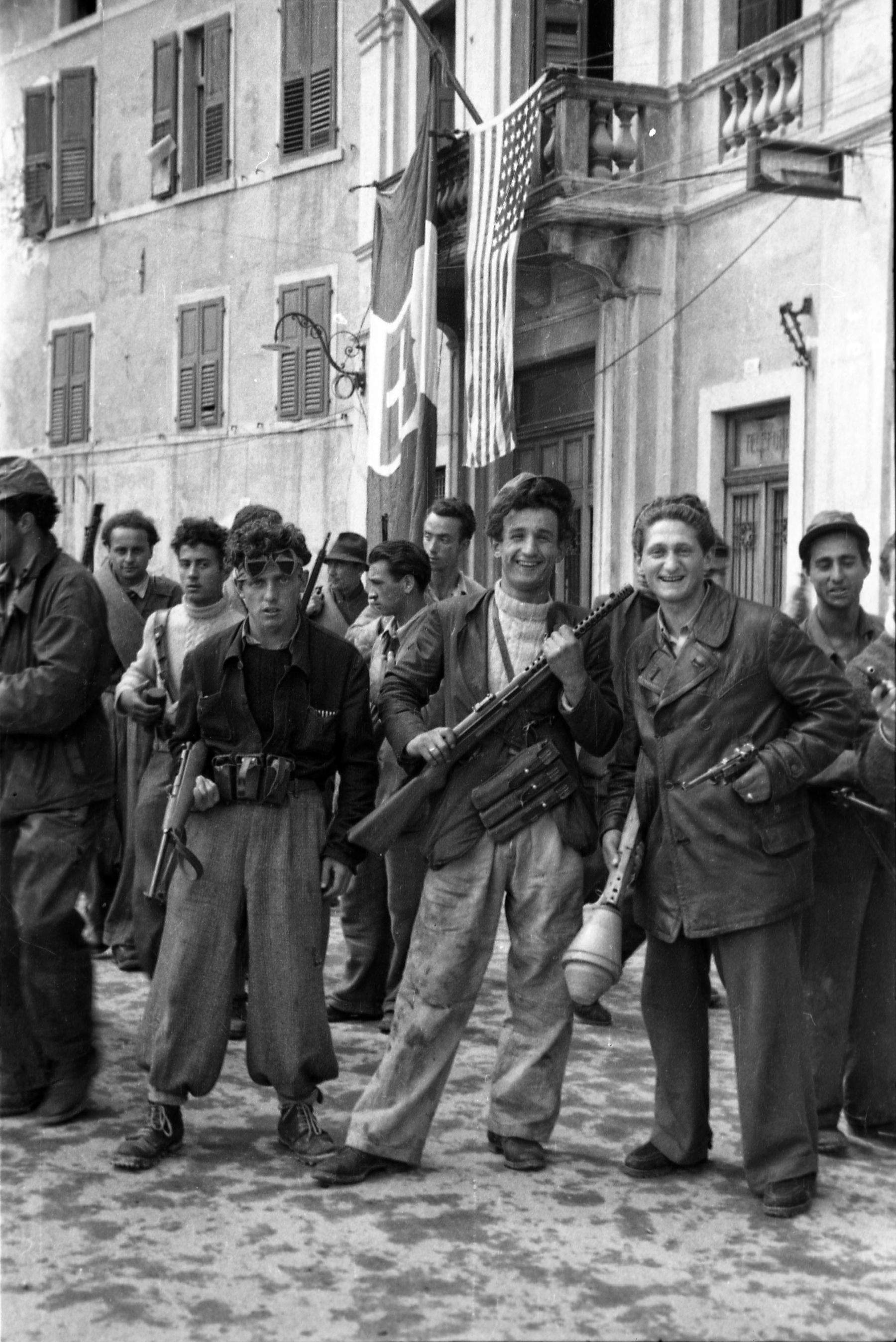Opening on July 4, 2025 at 8:30 p.m. at the Alto Garda Museum in Riva del Garda is the exhibition Through the Lens. Stories, Faces and Memories from the Armani Archive, an exhibition that offers a reinterpretation of Carlo Armani ’s work on the occasion of the centenary since the founding of Ditta Armani Carlo, the photography studio he opened in 1925. The initiative, curated by Valentina Varoli and Matteo Rapanà, will be open to the public until Nov. 2, 2025.
The exhibition is part of a broad process of enhancement of theArmani Archive, a patrimony preserved at the Alto Garda Museum, and was created with the intention of giving back to the community and the public an in-depth look at the figure of the photographer, his professional path and the evolution of the visual gaze with which he represented the city and the surrounding area along almost forty years of activity. The images, documents and photographic equipment selected for the exhibition testify to the breadth of the collection while telling the story of a city in the first half of the 20th century.
“Great photographers are valuable witnesses to the history of territories,” says Alessio Zanoni, mayor of Riva del Garda. “Their shots document events and show the transformation of places, helping to keep their memory alive. Carlo Armani is one of the most important witnesses of Riva del Garda. The Alto Garda Museum offers us another exhibition of great interest, one of those that I would call ”necessary“: it is absolutely right to remember Carlo Armani and his important photographic production, one hundred years after the beginning of his activity in Riva del Garda, eighty after the tragic events of the Resistance that he documented and fifty after the generous donation of the Armani family. To do so with such a rich and well-articulated and packaged exhibition is an excellence to which MAG has long accustomed us.”

“Talented photographers are careful custodians of a community’s past, and Carlo Armani has been a central figure for Riva,” comments Stefania Pellegrini, Councillor for Culture of the Municipality of Riva del Garda. His photographs recount fifty years of town life: from people’s faces to landscapes to the most significant episodes related to the Liberation, offering an essential contribution to the preservation of our historical memory."
Carlo Armani, born in Riva del Garda in 1898, opened his own photography studio shortly after taking over the atelier of his master Francesco Tonelli, located on Viale Roma, in 1925. Thus began a career that saw him active until 1962, when the studio was entrusted to his son Pier Giorgio. At the beginning of his activity, Armani scrupulously adhered to the compositional rules learned during his long apprenticeship, but over time he developed a more autonomous style, delving into different genres and putting local reality at the center of his visual research.
The exhibition is divided into a chronological and thematic path through the main phases of Armani’s photographic production, exploring the subjects that characterized his work: landscape, portraits, public events and historical documentation, up to the reportage dedicated to the Liberation of Riva del Garda in April 1945. Precisely the shots taken in that context constitute one of the most significant sections of the exhibition and represent not only a visual testimony but also a document of historical relevance for the entire community.
The year 2025 also marks the 80th anniversary of the Liberation, which gives further relevance to the section of the exhibition dedicated to those events. The photographs taken by Armani during the days of April 1945 also mark a pivotal moment in the history of the Archives itself. It was in fact in 1975, fifty years ago, that Pier Giorgio Armani, on behalf of his father Carlo, donated the entire nucleus of images relating to the Liberation to the Civic Museum of Riva del Garda. The handover takes place in the hands of Mayor Bruno Santi, sanctioning the entry of a fundamental part of the archive into the civic collections.

In 1991 the acquisition of the heritage was completed: Pier Giorgio and his sister Armanna donated to the Museum all the remaining photographs, cameras and instruments still kept in their father’s studio. This passage makes it possible to organize in the same year the monographic exhibition Carlo Armani. Photographer 1898-1984, which allows the author’s production to be made known to both the citizenry and the tourist public. That exhibition represents the first piece of a long-term work by the museum institution, which initiated study, cataloging and popularization projects centered on historical photography.
“Through this exhibition,” continues Upper Garda Museum director Matteo Rapanà, “we want not only to celebrate this important anniversary, tracing Armani’s photographic career and the events that took place in Riva del Garda in the first half of the 20th century, but also to reiterate the importance of sharing cultural heritage. The donation of the Carlo Armani photographic fund to the Civic Museum of Riva del Garda was a signal of great importance, highlighting the willingness on the part of private individuals, in this case the photographer’s heirs, whom I also thank for their support in this initiative, not to alienate the entire corpus on the antiques market, thus avoiding its dispersion. In fact, photography, especially ’local’ photography such as Armani’s, finds its cultural and historical raison d’être primarily in the territory of which it is an expression. Only within this context can it be used as a tool to reconstruct and understand, including through accurate cultural proposals such as the current exhibition and catalog, the evolution of the landscape and the changes in the society in which we live.”
“The research work carried out on the Armani Archive has been a valuable opportunity to study both from a photographic and historical point of view,” adds curator Valentina Varoli. “Through the analysis of the iconographic material and the extensive technical instrumentation, preserved at the Alto Garda Museum, it was possible to investigate not only the strictly photographic aspects of Carlo Armani’s work, but also to reconstruct the biography of an exceptional witness of the events that marked the history of the town of Riva del Garda.”
“As a family,” Lorenza Armani concludes, “we are truly happy to have contributed to the creation of a photographic exhibition at the Museum on the occasion of the 100th anniversary of the founding of grandfather Carlo’s photography studio. This anniversary is also a significant gesture to celebrate a century of family and town history, paying tribute to a talent who was able to capture the soul of Riva del Garda and its inhabitants through the lens of his camera. We are proud and proud of this legacy and therefore thank all those who made this important event possible through the glances of Grandpa Carlo. Finally, it is fitting to dedicate a thought to the civic sensitivity of our father who donated the entire photographic archive of Grandpa to the citizenship because it is thanks to him that today we can all enjoy these important moments.”

The current exhibition thus stands in continuity with that experience, proposing a new reflection on the role that the Armani Archive has played in the construction of a shared visual memory of the city. Over the years, the Upper Garda Museum has devoted constant effort to the activity of reorganizing, inventorizing and studying the collection, which today is composed of 5,312 materials: 397 black-and-white prints, one color print, 3,889 black-and-white reproductions, 192 contact specimens, 162 rolls of film, 643 film negatives, 736 plate negatives and one color slide.
The classification work has enabled the acquisition of new information on the social and cultural history of Riva del Garda and the Upper Garda region. The preserved images not only document urban transformations and changes in customs, but have also been used in numerous research and dissemination activities promoted by public and private entities. The Armani Archive has thus become over time a resource for scholars, associations and cultural operators active at the local and provincial level.
 |
| A photo exhibition recounts Riva del Garda through the lens of Carlo Armani |
Warning: the translation into English of the original Italian article was created using automatic tools. We undertake to review all articles, but we do not guarantee the total absence of inaccuracies in the translation due to the program. You can find the original by clicking on the ITA button. If you find any mistake,please contact us.